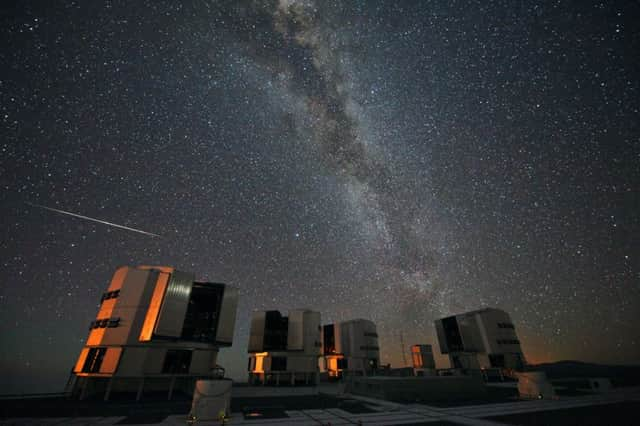Sky to put on real shooting stars show


The shooting stars are due to peak on Friday, with 80 or more of the meteors streaking across the sky every hour. Some experts predict the frequency could be double that figure.
This year’s spectacle will be more dramatic than usual as the Perseids reach the high point in their 12-year activity cycle.
Advertisement
Hide AdAdvertisement
Hide AdThe meteors consist of particles, most no bigger than a grain of sand, shed by Comet Swift-Tuttle that enter the Earth’s atmosphere at 37 miles per second and burn up.
Planet Jupiter has shifted the debris stream so that more of it lies in the Earth’s path, boosting the meteor count.
Robin Scagell, vice-president of the Society for Popular Astronomy, said: “They’re not going to be falling out of the sky like snowflakes, but it will be worth going out and having a look. Every 12 years the Perseids are slightly stronger and this year you could expect to see about 80 an hour under the best conditions.”